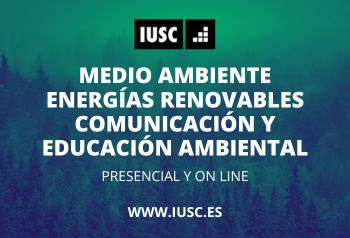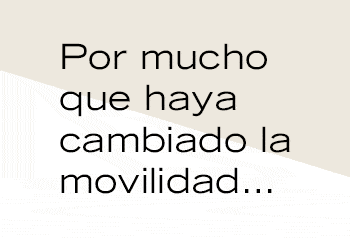Every year, thousands of sea creatures appear on coastlines around the world outside of their usual element, water. This phenomenonStranding, also called stranding, occurs when animals are healthy or injured (or dead), are dragged out of the water in seas and oceans.
Several reasons can explain this Why do these animals appear stranded on the shore?: from fluctuating tidal patterns and changing winds, to noise pollution and overfishing. In any case, they are bad news for biodiversity.
Cetacean strandings in Galicia
Last year, Galicia’s coasts recorded 689 animals stranded or at risk of stranding. The vast majority were cetaceans, with almost 90% of the total, with the remainder made up of turtles, sharks, lontras and seals. The Minister of Environment and Climate Change, Ángeles Vázquez, made this assessment today during her visit to the facilities of the Coordinator for the Study of Marine Mammals (Cemma) in Nigrán to announce the extension of the cooperation agreement until 2025. between your department and said entity for the recovery of animals stranded on the coast of Galicia and the study and care of the marine environment.


After emphasizing that the Xunta and Cemma have maintained a cooperative relationship for 25 years, the regional official explained that the The main goal of this joint work is to ensure relief and recoverywhere possible, of marine mammals and turtles landing on the coasts of the Community after encountering some difficulty. Therefore, he emphasized the “transcendence” of the role that Cemma also plays in promoting the study and care of the environment. marine.
In this sense, Ángeles Vázquez highlighted the extensive track record and experience that supports this non-profit organization in Galicia, which has actively participated in aid to animals stranded on the Community’s coasts and in its restoration under the protection of the successive agreements signed with the Xunta.


In fact, it is the only entity authorized by the General Directorate of Natural Heritage to manage and coordinate the Galician stranding network. treated animals appear to be protected speciesfor which the relevant authorizations are required.
Solo During the year 2024, a total of 689 stranded marine mammals and reptiles were recorded or were at risk of being stranded, with 52 (8.9%) reaching shore alive. Regarding the breakdown by species, 614 were cetaceans (including 455 common dolphins), 6 were seals (pinnipeds) and 32 were turtles.
In any case, outside of these types (which are those that are specifically included in the cooperation agreement between the Ministry and Cemma), the entity’s staff, thanks to the operation of the assistance it provides on the ground, also recorded the strandings of 23 sharks and 14 lontras.
In the same way, and outside the agreement, the work carried out in 2024 also collected data on 17 specimens of large fish (tuna, swordfish, etc.) They are not included in the total number of strandings.
Record since 1990: 9,000 stranded copies
Galicia has a coastline of approximately 1,500 km. Along this coastline, just over 9,000 stranded individuals were recorded in the period between 1990 and 2024 (historical series). belonging to 24 different species of cetaceans, 6 seals (pinnipeds) and 5 sea turtles.
In any case, the balance of strandings over the past two years is very high above average and confirms an increasing trend on the Galician coastsespecially in the case of cetaceans and turtles. For example, there were 695 animals stranded in 2023 and 689 last year, which are by far the highest figures since 1990.
The possible explanation for this variation in the case of sea turtle stranding data could be related to the changes in ocean temperatures due to climate changeas occurs in northern Cantabria.
The increase in the number of cetacean strandings could in turn be related to: increase in the density of these types of marine mammals in fishing areas and with the increase in the number of accidental catches resulting from this situation.

